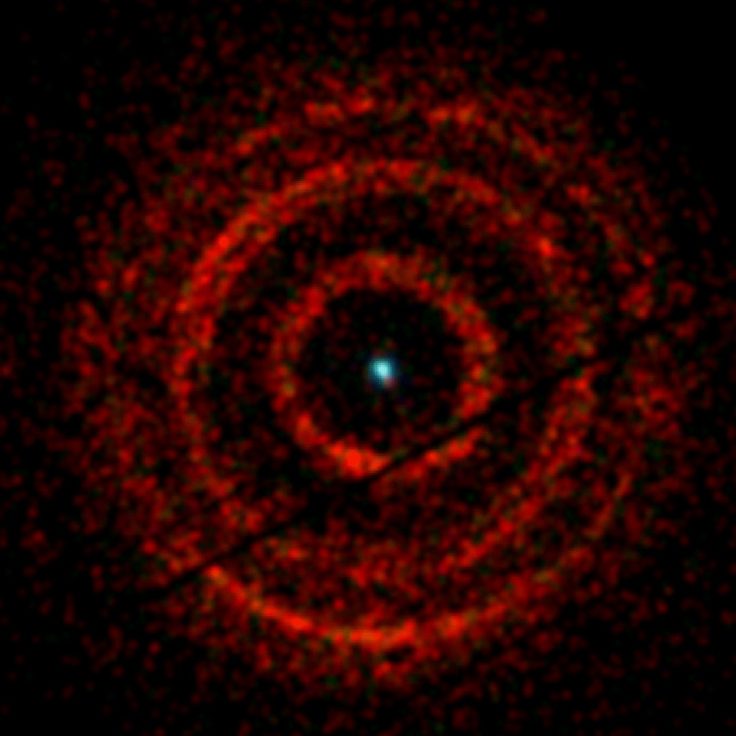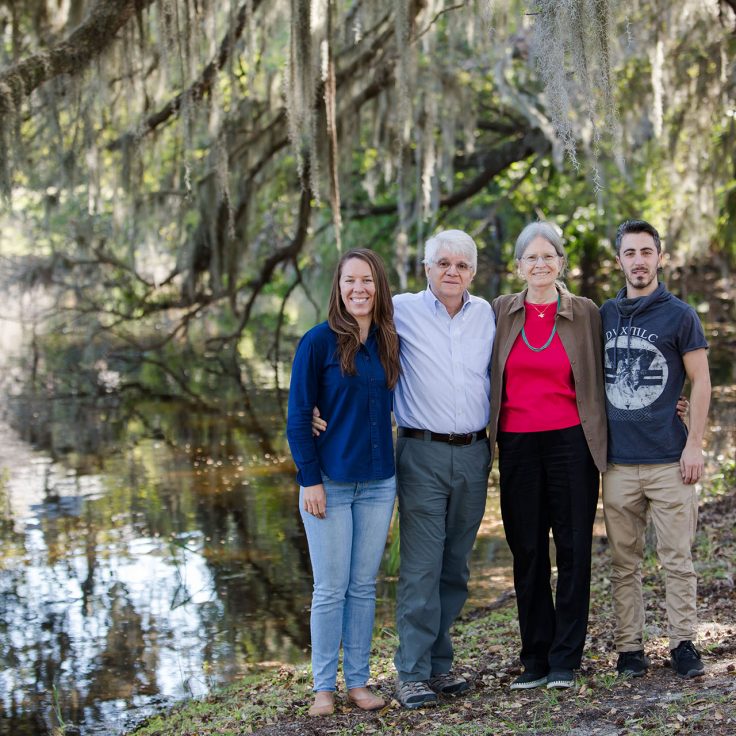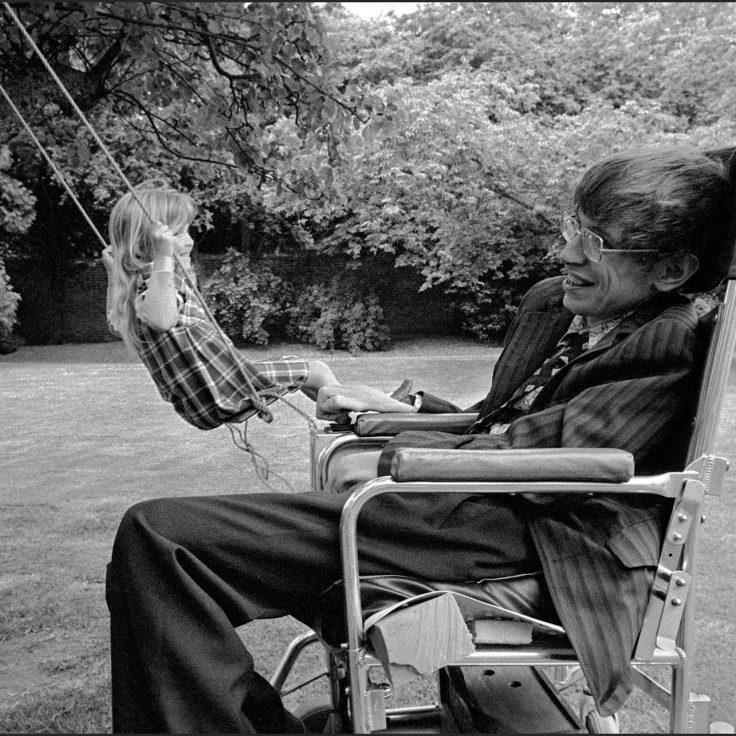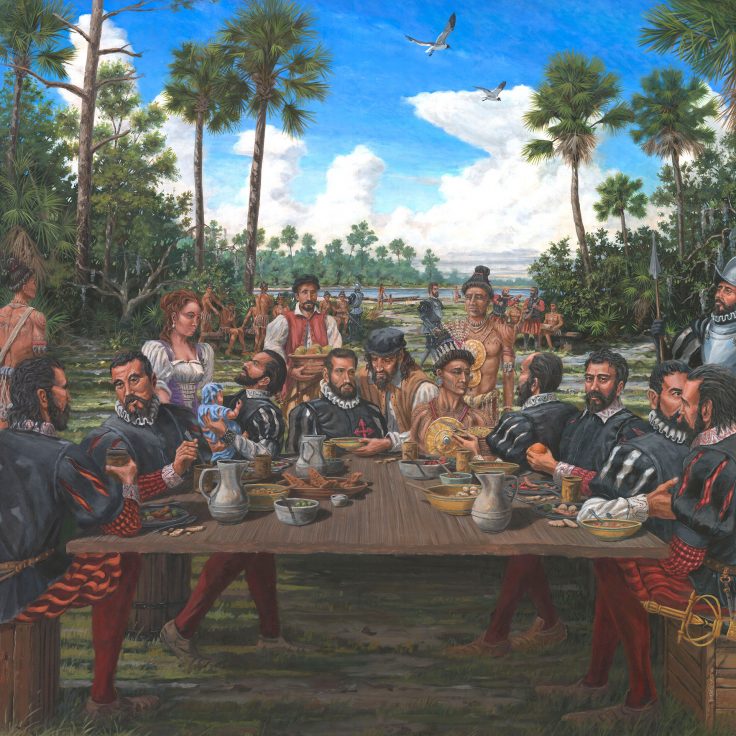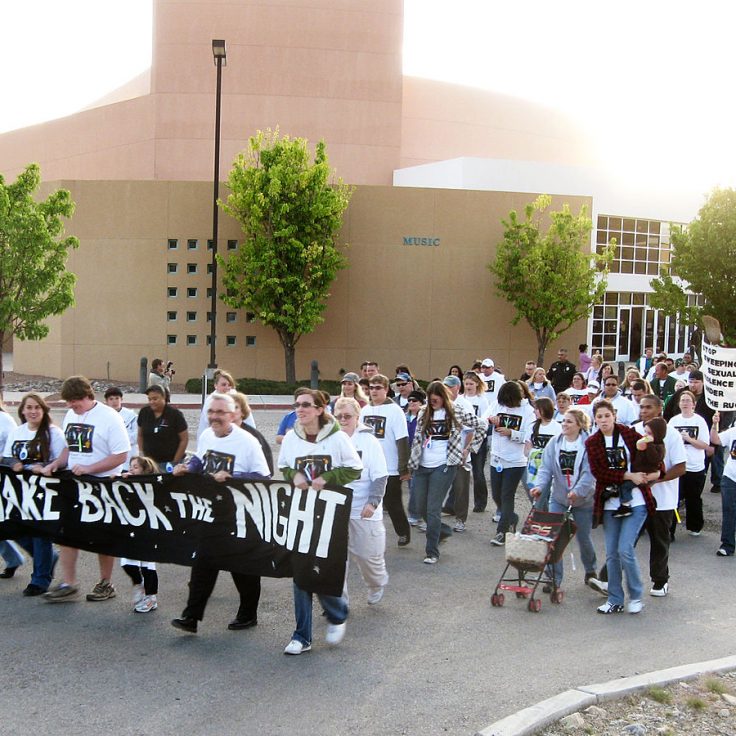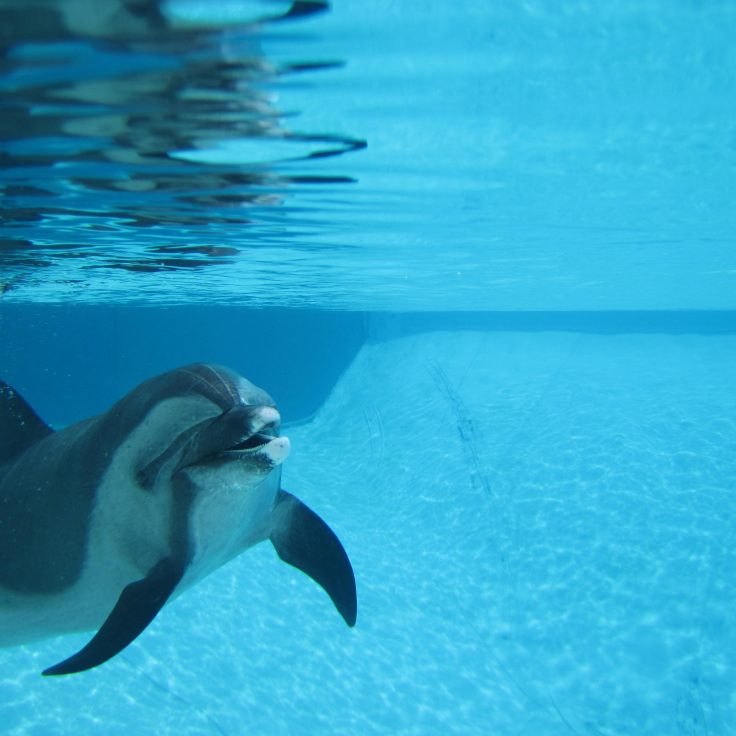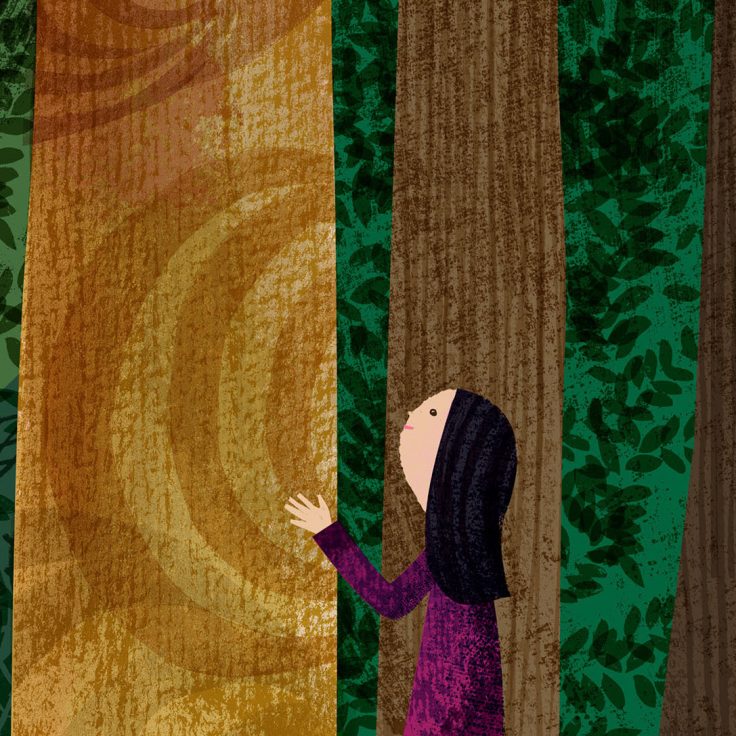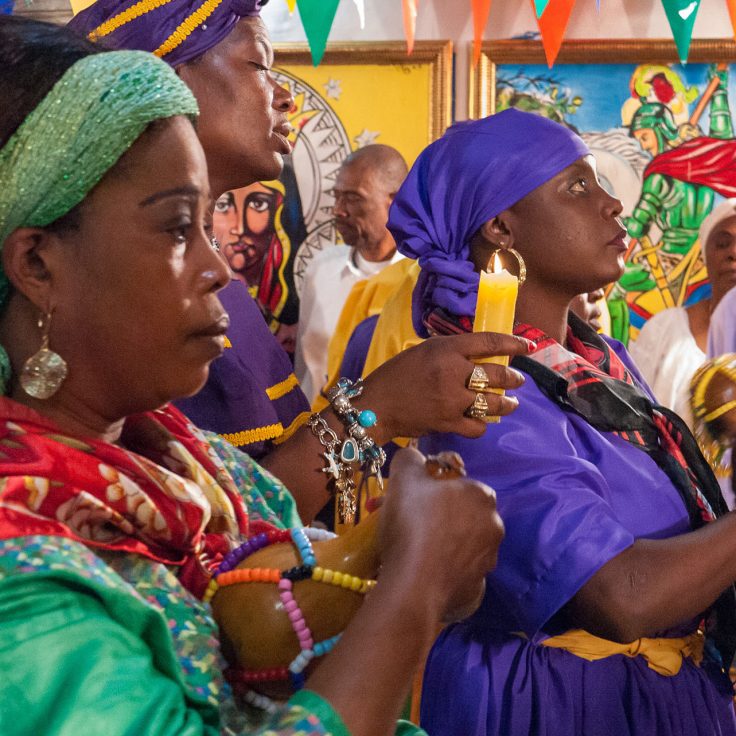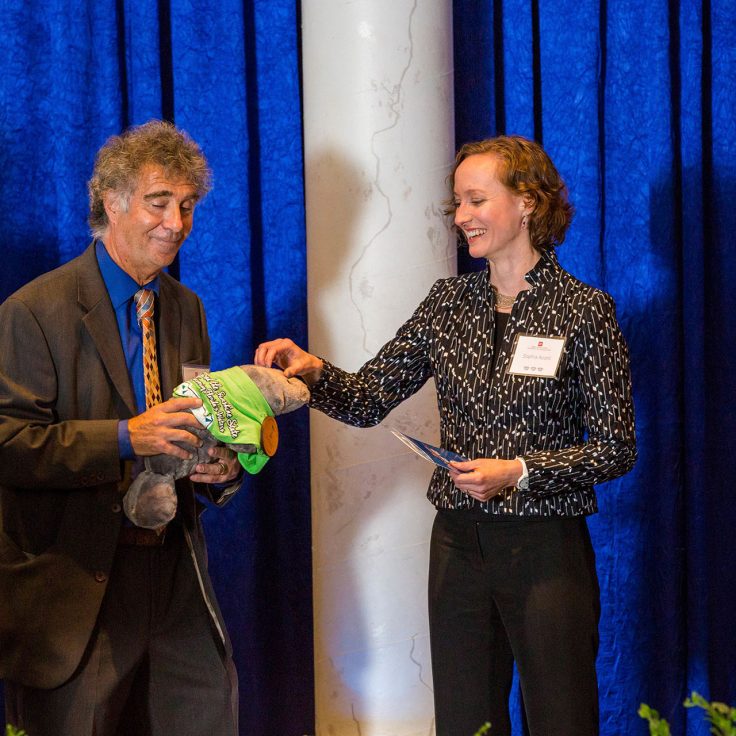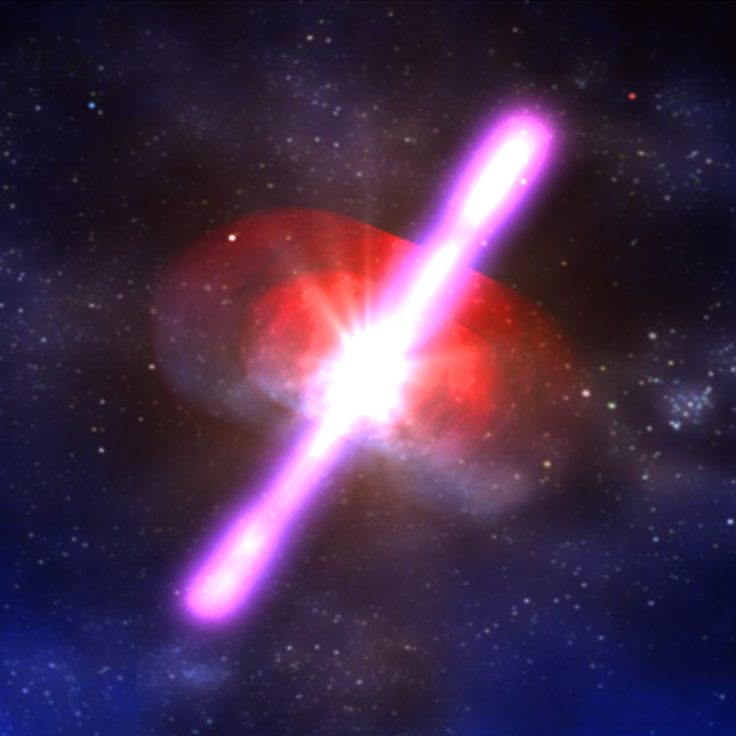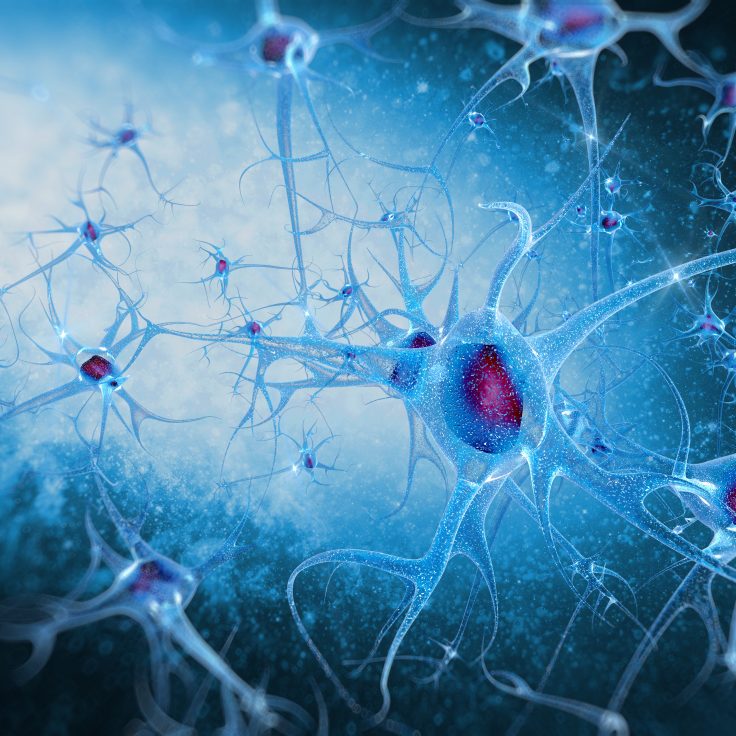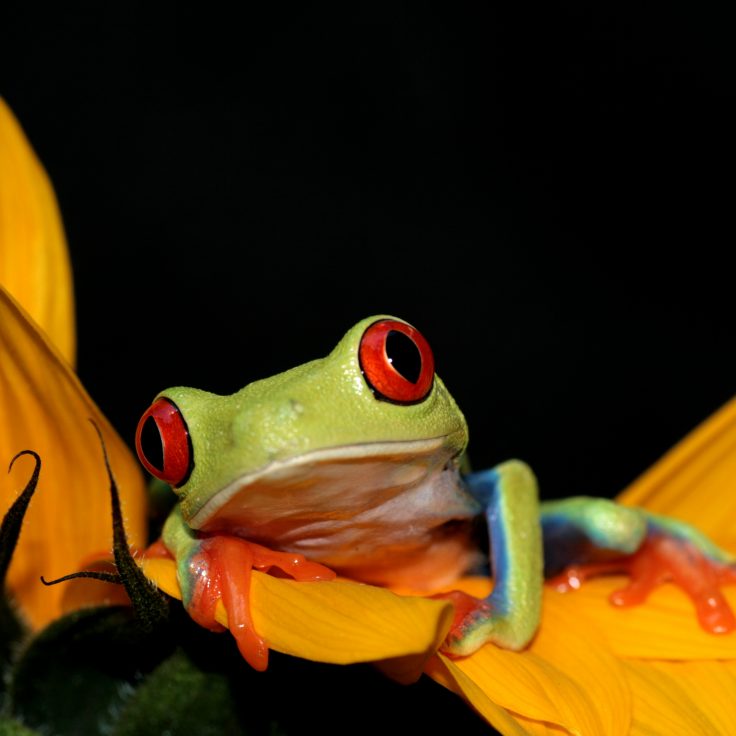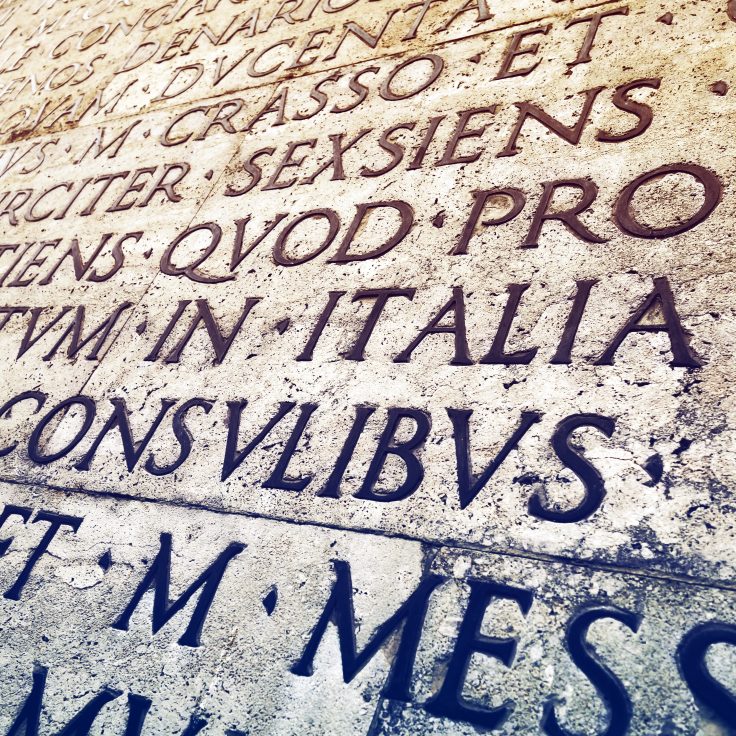Tag: College News Faculty
American Tales
Get to know the history of the Samuel Proctor Oral History Program and the generations of students its helped teach the value of archiving oral histories.
The Deepest Well in the Universe
UF astrophysicist studies the magnetic fields and cosmic streams pouring out of a black hole.
We Are All Archie Carr’s Children
Learn how the Archie Carr Center for Sea Turtle Research at UF carries on Archie Carr's work and legacy.
His Brief History in Time
UF Professor of Physics Bernard Whiting remembers his friend Stephen Hawking.
Creative License
Creative work created by the faculty and alumni of the college.
The Secrets of Spanish Florida
Forget what you learned in history class and imagine, for a moment, that the founding of the United States does not begin with Jamestown Colony or the Pilgrims.
Breaking the Silence
The Center for Gender, Sexualities, and Women’s Studies Research welcomes Professor Maddy Coy, who is introducing a new undergraduate course, Violence Against Women, this semester. As sexual harassment and assault continued to be trending topics in the international conversation, it’s crucial to ground campus discussions in evidence and theory, says Coy.
Justice in the Age of Locker-Room Talk
The University of Florida psychology professor and expert on bullying, sexual harassment and violence in schools knows the truth: “Not all bullies are rejected outcasts; many bully not just because they can, but also because they want to,” she said, “so, why are we not moving forward on bullying?”
Playtime with Moonshine
Moonshine the dolphin is a special cetacean. Although a chronic liver problem has confined him to human care for the rest of his life, an interdisciplinary team that includes UF professor of psychology Nicole Dorey and alumna Barbara Perez ’14 has developed an enrichment program that includes several custom-made toys. The study, published on Oct. […]
The Forest for the Trees
Twenty-seven professors in the College of Liberal Arts and Sciences serve as affiliate faculty of UF’s Tropical Conservation and Development (TCD) program. Learn more about this essential initiative.
Global Issues — The Square Root of Poverty
UF researcher Calistus Ngonghala uses math to understand the spread — and prevention — of disease in sub-Saharan Africa.
Vodou and Valency
UF Haitian Creole specialist Ben Hebblethwaite unearths African and Haitian history from the mythology of Vodou songs and rituals.
Faculty Profile — Keith Choe, Biology
Keith Choe, associate professor of biology, studies mutations in C. elegans with the goal of understanding how cells respond to environmental stress and how this information could one day stave off aging and disease.
A Most Excellent Evening
On April 21, the College of Liberal Arts and Sciences launched an awards program to recognize the achievements and dedication of alumni, faculty, students, and staff in Emerson Alumni Hall.
Newsworthy
UF physicists and astrophysicists are making waves.
The X-Labs
A new science paradigm for an interdisciplinary world.
Solving Cosmic Puzzles
Neutron stars are dead stars collapsed into the densest form of matter known to humans, with a teaspoon of neutron star matter weighing a billion tons, and their collision creates a swath of galactic debris. Decades ago, stargazing scientists formed plans to detect signals from this debris. Now, in the new era of aptly named “multi-messenger astronomy,” two international projects have achieved this goal: On August 17 of this year, the Laser Interferometer Gravitational-Wave Observatory (LIGO)’s two U.S.-based interferometers and the Virgo Collaboration’s Italy-based interferometer detected for the first time gravitational waves — ripples in space-time traveling at the speed of light — from the collision and subsequent merger of two neutron stars. The detection occurred just three days after yet another “chirp” from colliding black holes.
A Route to Recovery
UF psychologist Lori Knackstedt studies an antibiotic that may cure cocaine addiction. Lori Knackstedt, professor of psychology, is seven years deep into research that’s yielded some surprising results: in cocaine-addicted rats, an antibiotic reduces their drug-seeking behavior and may prevent relapse. The drug Ceftriaxone appears to increase reuptake of glutamate, a neurotransmitter that regulates dopamine, […]
From K–T to Kermit
Among UF’s renowned team of extinction experts is David Blackburn, whose appreciation for frogs has led to his work on a groundbreaking new study. A paper published in July in the Proceedings of the National Academy of Sciences shows that although frogs have been around for longer than dinosaurs, most of the world’s 6,700-plus living species of frogs evolved after a mass extinction 66 million years ago made way for new biodiversity.
The Sound of Silence
Victoria Emma Pagán of UF Classics publishes new book about Roman historian Tacitus.

